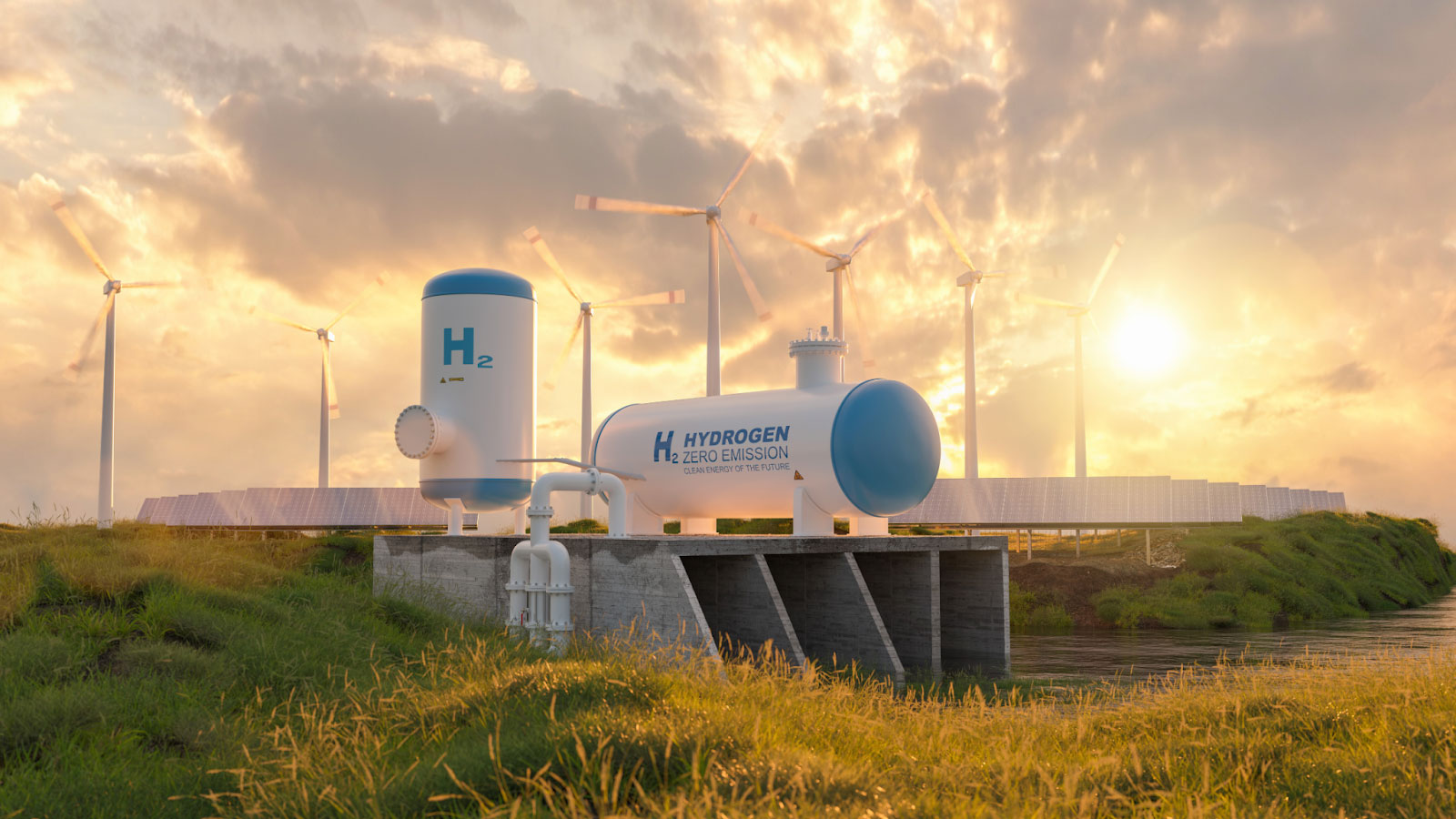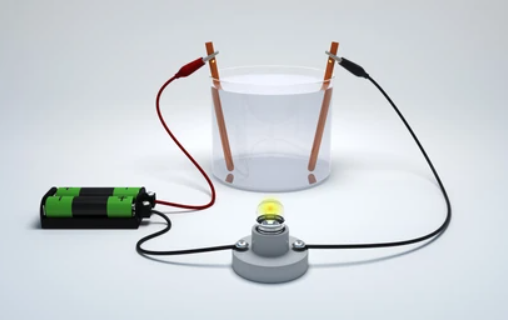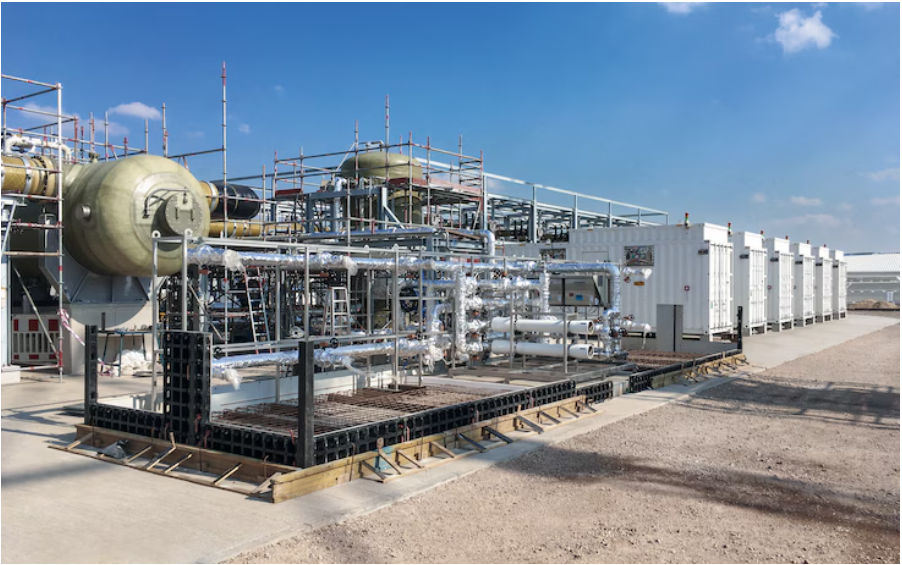Renewable energy refers to the energy that is generated from natural resources that are replenished on a human timescale. Unlike fossil fuels, which are finite and can take millions of years to form, renewable energy sources are continuously available or naturally replenished. These resources are naturally refilled at a rate that allows us to use them continuously without depleting them. Sun, wind, water (hydropower), heat from the earth (geothermal), and organic materials (biomass) are examples of renewable energy sources. These resources offer a clean and sustainable alternative to fossil fuels. These help reduce greenhouse gas emissions that contribute to climate change.

Humans have utilized renewable energy sources for millennia, using wind to sail ships and water wheels to grind grain. Waterwheels for irrigation existed in ancient China and the Middle East as early as 200 BC. There were significant advancements in the 1800s, when the first solar collector and the invention of the solar cell marked the beginning of solar energy exploration. By then, wind turbines in Europe and the US had started harnessing wind power for electricity generation. The first commercial hydropower plant was built in the 19th century. Early experiments with solar power and wind energy were there, but fossil fuels dominated due to their low cost and high energy density. In the 20th century, solar energy was used in space to operate satellites. Since 1990, there has been a leap forward in renewable energy. Technological advancements and concerns about climate change fueled a surge in renewable energy. Solar photovoltaic (PV) energy saw explosive growth, and wind energy followed closely behind. The renewable energy operation Costs, with technical advancements, have significantly decreased, making them more competitive with fossil fuels.

The evolution of renewable energy is a testament to human ingenuity and the growing recognition of the need for sustainable energy solutions to combat climate change and ensure a secure energy future. This requires further investment, advancements, and a global shift towards renewables. This transition is crucial to achieving a carbon-neutral future.
The Renewable Energy market was valued at USD 899.24 Billion in 2022 and is poised to grow from USD 1050.31 Billion in 2023 to USD 3637.99 Billion by 2031, growing at a CAGR of 16.80% in the forecast period (2024-2031) The latest trend and focus in this sector is on Green Hydrogen. Today, the most common way of producing green hydrogen is via electrolysis - a process whereby water is split into hydrogen and oxygen using electricity generated from entirely renewable energy sources. Most of us have done electrolysis experiments in school laboratory

Reminisce about school days.
It is the same but done on a large scale now

Electrolysis for Green Hydrogen Production
The global green hydrogen market was valued at $828.2 million in 2023, and it is expected to grow with a CAGR of 67.19% during the forecast period 2023-2033 to reach $141.29 billion by 2033.
Green hydrogen, produced using renewable energy, holds immense potential. The green hydrogen production capacity in India is projected to reach 5 million metric tons per year, significantly diminishing the reliance on fossil fuel imports.
In recent years, technological advancements have also played a crucial role in impacting the renewable sector. Technical solutions and artificial intelligence methods have been widely applied to solve issues related to renewable energy. Numerous businesses worldwide, using machine intelligence, have successfully addressed problems such as transient stability evaluation, power system frequency analysis and control, and solar and wind forecasts that arose when integrating renewable energy with the power system. In short, intelligent technologies and tools are becoming the brains behind the brawn of renewable energy. They provide the intelligence and tools to make this clean energy source even more reliable, efficient, and cost-effective, paving the way for a sustainable future. By incorporating renewable energy alongside advancements in the sector, increased integration with other innovative technologies, and supportive policy environments, we can significantly reduce our carbon footprint and create a cleaner world.
If you're interested in learning more about how Artificial Intelligence (AI) is being used to improve renewable energy solutions, read MindNerve's renewable solution case studies. See how MindNerves is leveraging AI to optimize and enhance renewable energy production.